Digital Completions in Plant Modifications and Upgrades
Unlike greenfield or any new build construction projects, plant modifications and upgrades present a unique set of challenges. Work is carried out...
3 min read
 Lisa De Vellis, PE
:
Oct 28, 2021 12:35:37 PM
Lisa De Vellis, PE
:
Oct 28, 2021 12:35:37 PM
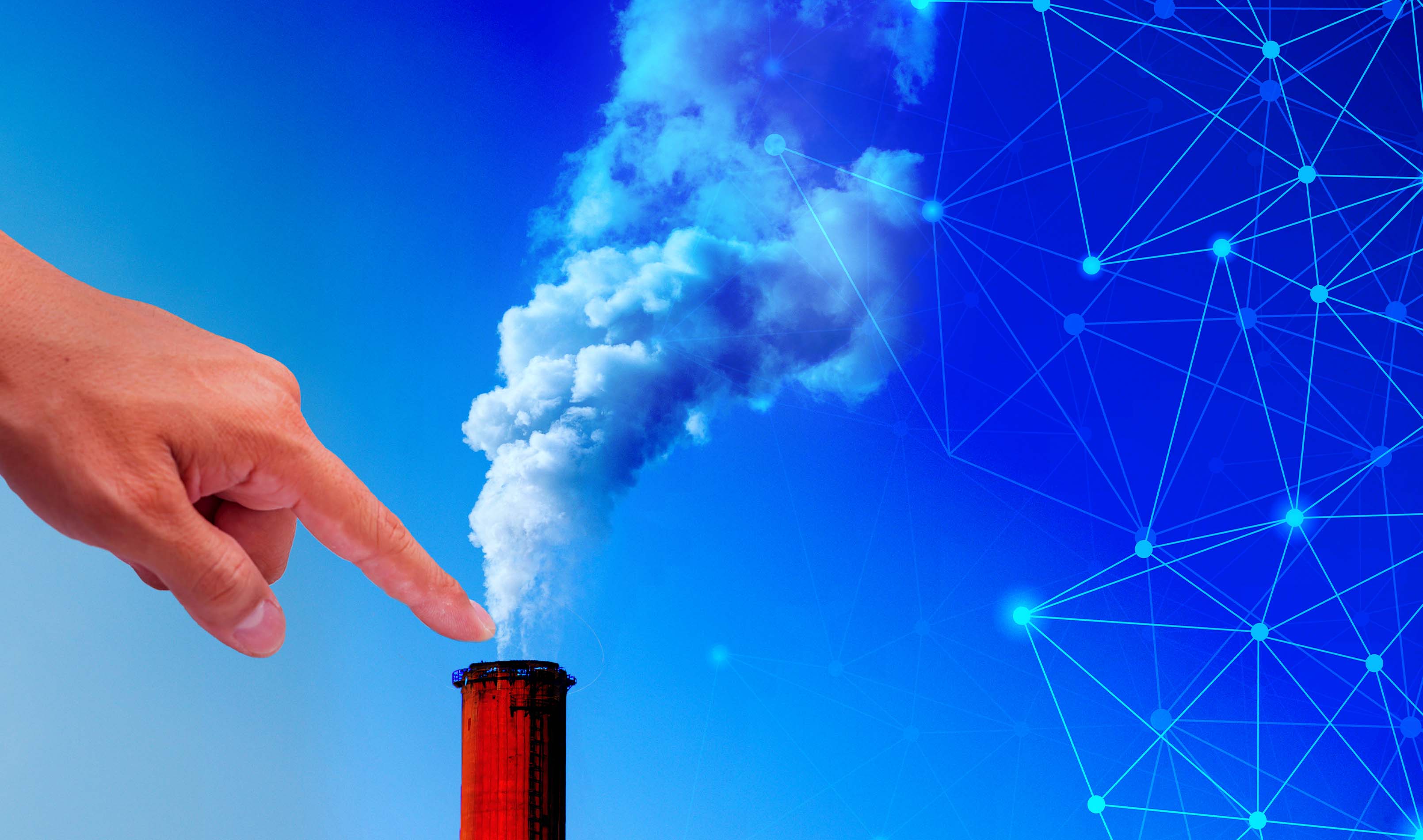
The visionary Steve Jobs once said: Innovation distinguishes between a leader and a follower.
While Jobs was a one-off, his business philosophies still have universal appeal. Embracing innovation is the key to entrenched businesses surviving the inevitability of change.
The energy sector continues to evolve in the face of change, responding to a host of macroeconomic, geopolitical and other stimuli that force the Oil and Gas (O&G) sector to bend but not break.
To remain competitive amid such a dynamic environment, change must not only be welcomed but pursued through innovative means. In the case of energy transition – arguably the biggest challenge ever faced by the sector – digitalization is the innovation driving change.
We discuss everything you need to know about digital transformation in the energy sector here.
O&G businesses are nothing if not savvy.
Ebbs and flows (and, sometimes, tidal waves) of large-scale humanitarian events from wars to pandemics disrupt energy demand, production and distribution. COVID-19, for example, resulted in a six percent reduction in global energy demand – the most significant since World War II and, in absolute terms, the largest ever.
While COVID-19 spurred the single largest contraction ever in O&G, air pollution visibly decreased in industrialized cities around the world. Delhi, for example, infamous for its filthy air, celebrated breathable blue skies.
These recent observations of our human impact both amplified and accelerated the popular push towards decarbonization.
In the energy sector, decarbonization refers to the shift towards cleaner technologies that reduce carbon emissions. This can mean one of two things:
The energy transition has been in motion for quite some time and is unavoidable. Seeing as over sixty percent of North American energy production remains carbon-based, the resilience and adaptability of O&G stand to be tested like never before.
To successfully navigate the ongoing energy transition, O&G not only needs to adopt the decarbonization agenda as its own, but to both embrace and drive the necessary changes. The way to navigate this is through digital transformation, otherwise known as digitalization.
Digitization is the conversion of paper-based information, things like documents and images, into digital form. Digitalization is the meaningful use of that computerized data.
Digitalization synthesizes digitized data inputs into a database of asset or operational information, all of which is remotely accessible through computers or handheld devices.
Digitalization implies the transition from paper-based to paperless processes.
The industry is at a critical point in time. Cost-reduction strategies and a sustainable vision are essential to keeping with the times so as to remain commercially viable as well as keep the workforce safe. Digitalization can help.
Every process and sub-process is associated with a cost. So, every time someone runs to a printer or writes a work order by hand, it adds to a belabored and unnecessary transaction train.
If a cost cannot be justifiably and convincingly passed down to a customer – and who would knowingly pay for overly cumbersome processes? – then it’s waste. Digitalization and the transition to a paperless industry reduce resource waste: from paper to time. Reducing waste, as we know, reduces cost.
Industrial software solutions digitize paper-based processes during construction, maintenance, operations and decommissioning. One-hundred percent paperless systems are achieved via tools like remote work pack-creation and 3D visualization, which promote both safety and savings.
Value-chain digitalization – wherein the entire industrial process is managed and monitored through a shared digital platform – furthers the ability to understand and monitor a plant’s carbon metrics. When we’re talking about decarbonization and the energy transition, this is pretty important.
Optimizing operations is the first step towards decarbonization and holds the key to ninety percent of “known technological solutions to decarbonization”. These solutions exist, are readily available for operational use, and are affordable.
Digital solutions minimize instability and reduce downtime. Such operational efficiencies, for example, reduce intermittent flaring and venting upstream, which, in turn, reduces carbon emissions. Furthermore, asset integrity management – for which software solutions can help –minimizes rogue emissions.
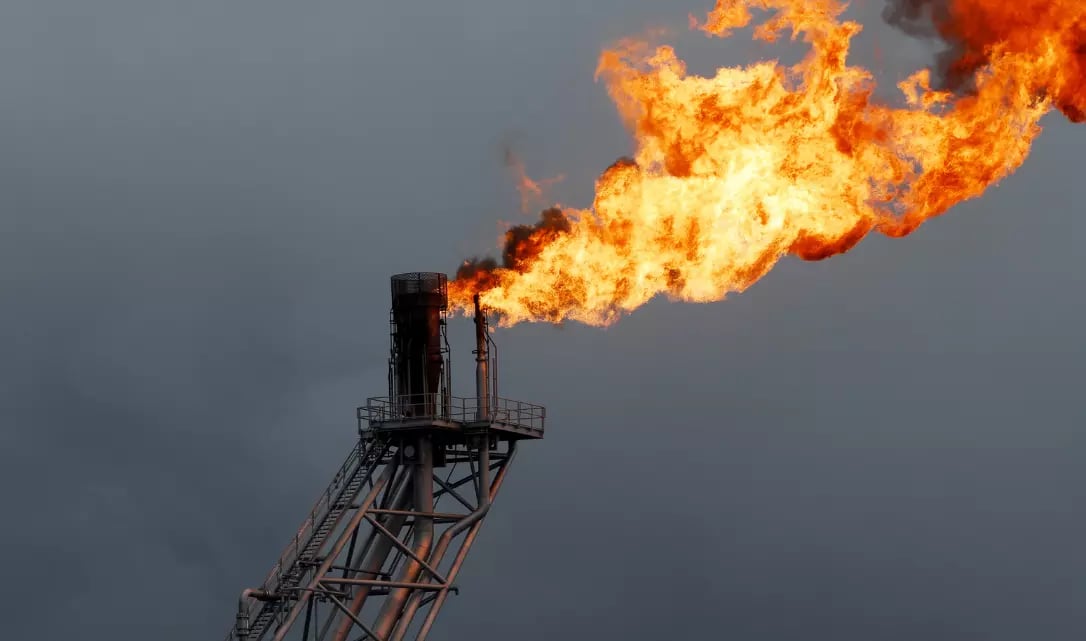
It’s wholly beneficial and, frankly, poetic: digitalization leads to increased efficiencies and competitiveness, but it also reduces the use of paper. Paper, we know, is made from trees. Trees, we know, make up forests, which are among the most significant carbon stores.
Going paperless through embracing digitalization will not only save businesses, it also has a direct and positive impact on the carbon budget. Actually, the two – increasing competitiveness and decarbonization – are positively reinforcing.
Few industries have been forced to inhabit change as much as O&G and the broader energy sector. Though surviving wars and pandemics is nothing like what the industry now faces.
But for O&G businesses to survive and even thrive on the other side of the energy transition, it will be through embracing change and driving that change through innovation.
One philosophy that ought to now inspire business leaders is that permanence is an illusion and life is change. The energy transition – the quest towards decarbonization – is the change O&G now faces.
Decarbonization is more than a philosophy, it is a future reality. Philosophies inform theories. Theories inform innovation. Innovation changes the future.
Digitalization is the innovation poised to carry O&G helmed by leaders of vision through the energy transition. As famed environmental philosopher Dr Seuss’s The Lorax, who speaks for the trees, put it: “It's not about what it is, it's about what it can become.”
MODS has been helping the energy sector go paperless for over 10 years in areas such as  . Get in touch with us and discover the best solution and flawless transition to go paperless.
. Get in touch with us and discover the best solution and flawless transition to go paperless.
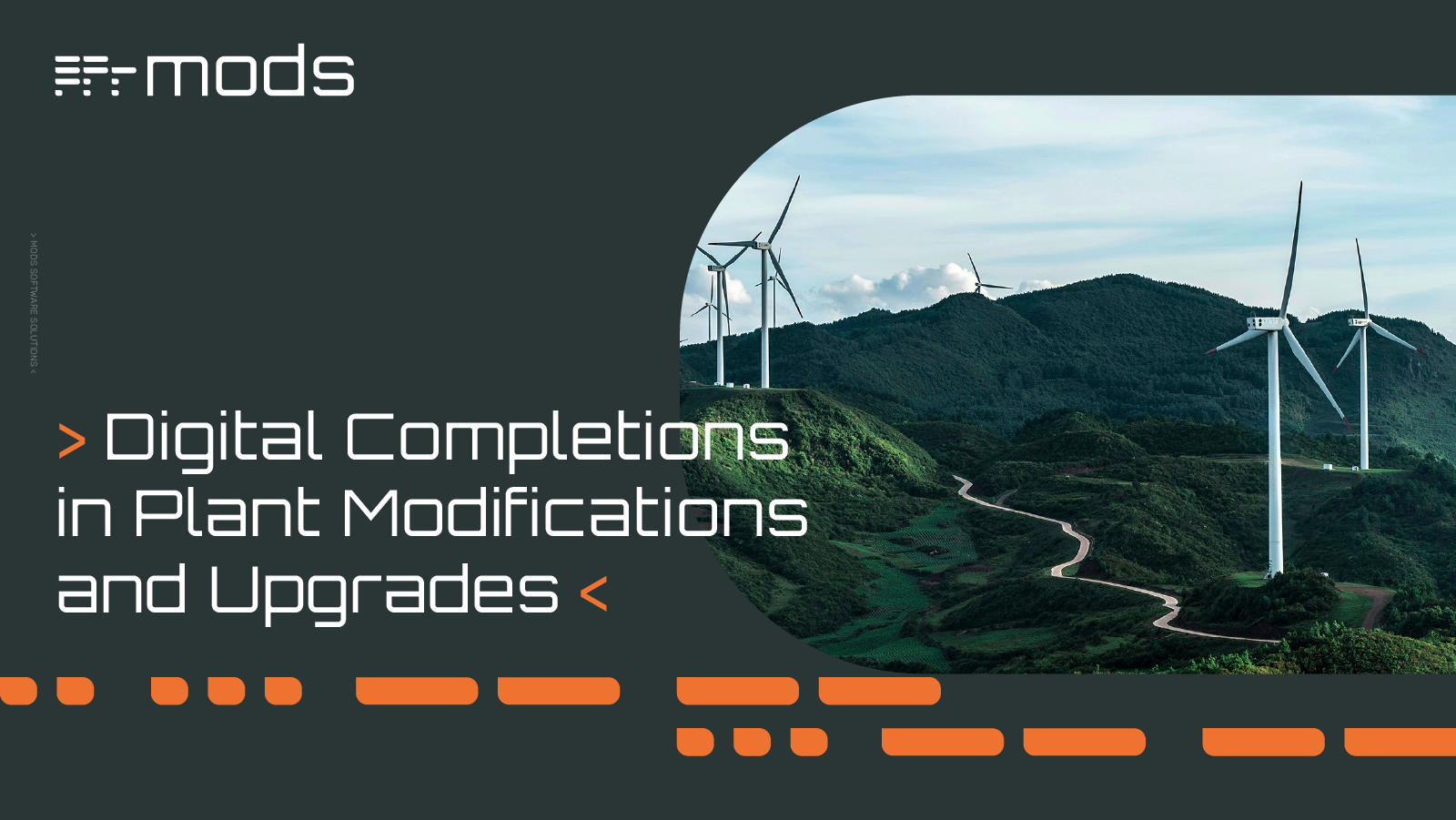
Unlike greenfield or any new build construction projects, plant modifications and upgrades present a unique set of challenges. Work is carried out...
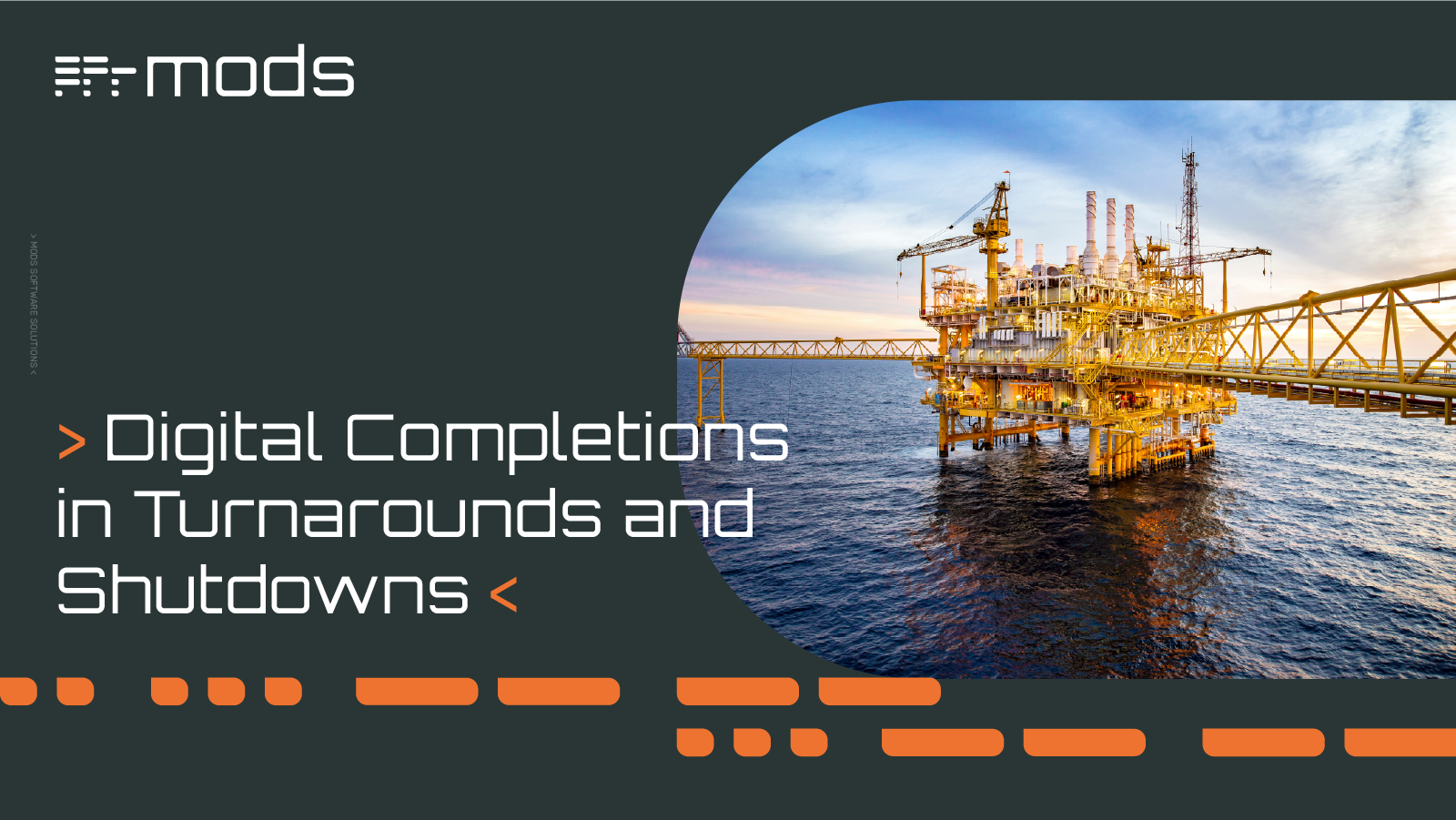
Turnarounds and shutdowns are among the most critical—and stressful—phases in the management and operation of industrial assets. These planned...
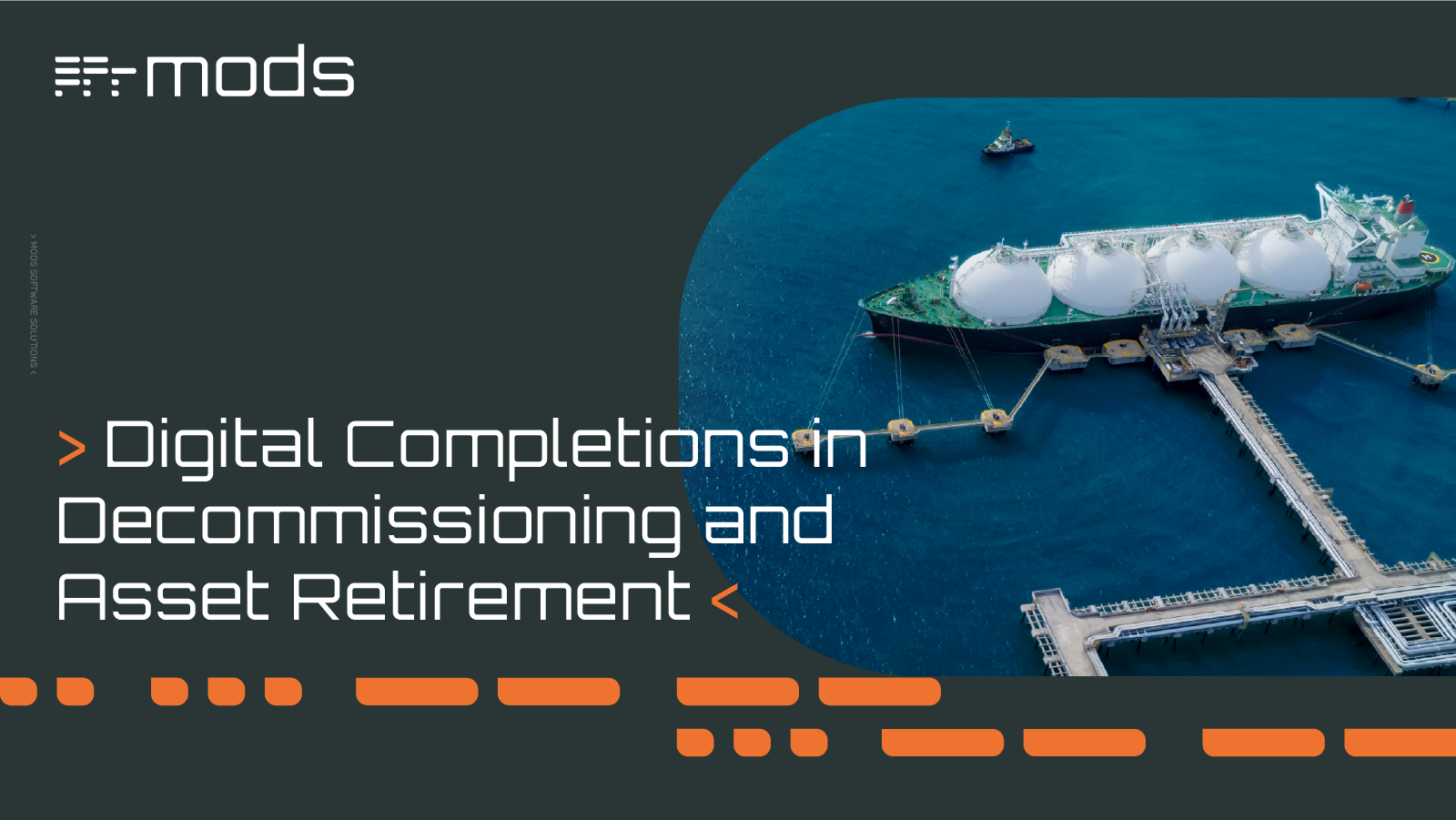
Offshore decommissioning and asset retirement present significant logistical, regulatory, safety, fiscal and reputational challenges. The process of...
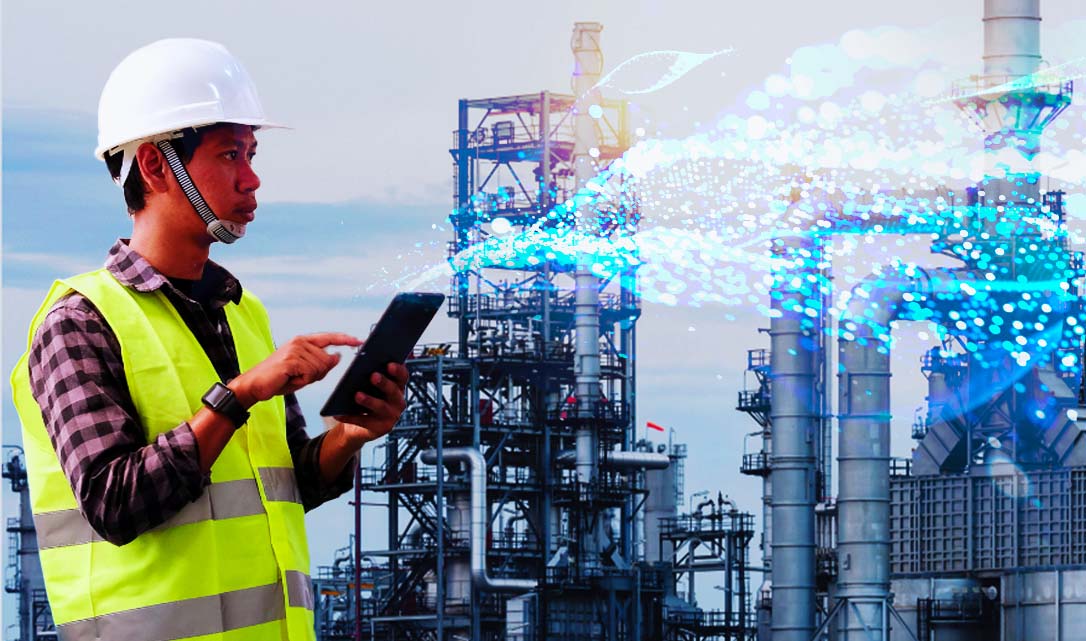
We all have them. Our children obsess over them. From video-calling to home-schooling to game-playing, the ubiquitous tablet has introduced an...

The Asset management software market is well-trodden terrain. Technology in this undulating landscape has had an incredible journey especially over...

When people think of digitalization, there may be fear – whether legitimate or not – of computers taking jobs away from humans. As a child of the...